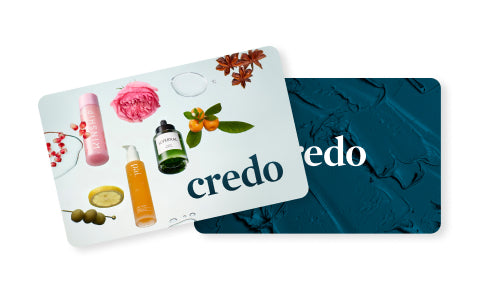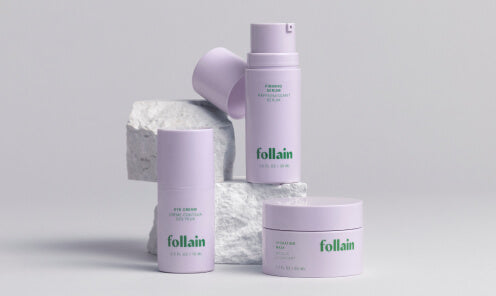Written by Amy Galper, Credo's Education Director and In-House Beauty Expert
Becoming more conscious about what we put on our skin means we are paying closer attention to the ingredients found in our skin and body care products. This is especially important as more research indicates that some of the chemicals present in our cosmetics may be concerning for our health and the environment.
We try to stay up to date; we check different online resources, read up on brands that align with our values and look to places like to us to help find what’s “clean” and authentic. But it can still be dizzying sifting through what is, or is not, “clean” or "dirty”.
One tip to help you navigate, before embarking on distinguishing the “clean” from the “dirty” - is to step back and first ask:
What is an ingredient?
Ingredients used in cosmetic formulations have two functions. And when designing a new product, the formulator considers both of these functions when selecting which ingredients to use.
Function one:
How the material functions on the skin. This is basically determining the therapeutic actions of the material; Is it emollient? Is it cell regenerative? Is it nutritive? Is it anti-inflammatory?
This function of the material is important for defining the intention of the product and what is does for our skin. Materials are selected to support the main intention, or purpose, of the product. For example, shea butter might be selected as a main ingredient because of its skin nutritive, emollient and cell regenerative properties. Or lavender essential oil may be included in the formula as a strong anti-inflammatory. We love seeing whole plant based ingredients used in this way.
Function two:
How the material functions in relationship to the other ingredients. This function generally focuses on how the specific ingredient works with the other ingredients to affect its texture (touch and feel) as well as how it supports the function of the other ingredients, like a preservative, or an emulsifier.
For example, xanthum gum is a gum used to thicken and affect the texture of a product, it has little to no therapeutic properties. Other examples, that provide little to no therapeutic actions but only functional ones, are citric acid, which is added to formulas to help adjust the pH, so the product does not irritate the skin and plant based emulsifiers like Cetyl Alcohol NF, or Soy Lecithin or antioxidants like Rosemary C02 extract or Tocopherol.
Understanding how the ingredients function can offer great insight into how and why they are being used.
For any questions contact us.

















